I'm trying to design an electronic load that will take DC or AC (up to 20kHz, for audio amplifier or bench power supply testing) and show a constant (but adjustable) resistance. I'll be using N-FETs back-to-back to dissipate the power, controlled by an op-amp to keep adjusting gate voltage to get something resembling constant-R. I want to avoid P-channel FETs as I have some N-channel power FETs available already.
I'm not an EE and have never used op-amps before. This is turning out to be much more difficult than expected. I would like to keep the complexity of the circuit low, as to no require designing and ordering PCBs.
For positive halfwaves, things look ok. Negative halfwaves however drive the op into the positive rail. The sign is correct, but the value is wrong:
- green: load voltage
- blue: load current
- red: op output with respect to its separate ground
If I swap the op inputs, the result for the negative halfwaves looks more reasonable (but are crooked and offset):

I'm at a loss what to do now. Is conditionally swapping the op inputs possible? A good idea? Even if I did that, it still looks wrong.
I considered just using a bridge rectifier to get a simple-to-handle DC load, but the diode drops would make the load very non-linear at low voltages. While there are ideal-diode bridge rectifiers like the LT4320, they top out at 600Hz, and presumably expect a constant frequency.
Is there a better way to do what I want?
What's the best way of minimizing the current peaks during zero crossings? Naturally I want the OP to recharge the FETs quickly, but not start oscillating.



